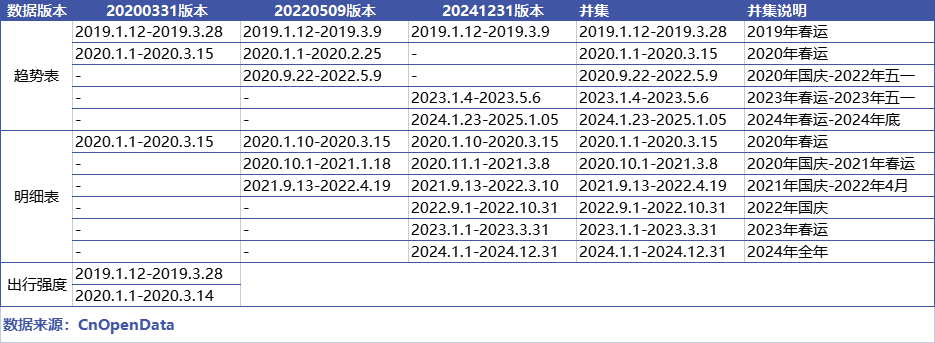With the continuous advancement of economic development and social transformation in China, the patterns of population migration have undergone corresponding changes. The accelerating urbanization process has gradually formed a development pattern where core cities drive urban clusters, which in turn promote regional economic growth. Coupled with the rapid improvement of transportation infrastructure, particularly the high-speed rail network, population mobility has significantly increased. China's population now exhibits accelerated spatial clustering toward core cities and urban agglomerations. Population migration and mobility patterns provide insights into various aspects of urban development, including economic growth, public services, urban planning, and governance capabilities. From a broader perspective, analyzing population flows plays a crucial role in adjusting population policies, assessing labor surpluses or shortages, promoting regional cultural exchange, and even facilitating ethnic and racial integration.
Population mobility information proved particularly critical during the COVID-19 pandemic in 2019. Given developed transportation networks and the outbreak's timing around the Spring Festival period, high-frequency and large-scale population movements posed significant challenges to pandemic containment. Regional restrictions on population mobility reflected local containment measures to some extent. Insights into population flow directions and trends enabled more efficient urban management and resource allocation across departments and regions.
Since 2019, the CnOpenData team has compiled three versions of population migration big data, featuring three submodules: information on origin sources for migration into regions, destination information for migration out of regions, and intra-city travel intensity information. The dataset covers overall trends and detailed migration data at both city and provincial levels, providing high-quality big data samples for related research.
Revision Notes

Field Display
Origin Sources for Migration into Regions Module
Destination Information for Migration out of Regions Module
Intra-City Travel Intensity Information Module
Sample Data
Overall Trend of Origin Cities for Migration
Overall Trend of Origin Provinces for Migration
Detailed Origin Cities for Migration
Detailed Origin Provinces for Migration
Overall Trend of Destination Cities for Migration
Overall Trend of Destination Provinces for Migration
Detailed Destination Cities for Migration
Detailed Destination Provinces for Migration
Intra-City Travel Intensity Information
Related Literature
- Zhang Tongbin & Wang Lei, 2024: "Policy Signals and Long-Term Settlement Intentions of Floating Population," The World Economy No. 7.
Data Update Frequency
Annual update
